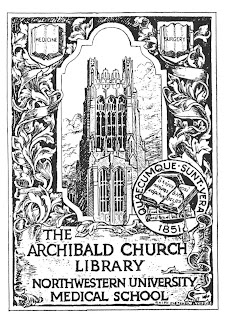
Japanese sensibilities for art and form strongly influenced Viennese artists around the turn of the century. They saw that the art of space, the usefulness and use of material were not only recognized by the English, but also by the Japanese. In their work plan, published in 1905, function and intended purpose of a product were the overriding objective, because “we emanate from the intended purpose, usability is our basic requirement.”
The products of the WW were shown through exhibits within the country as well as abroad, and in a short period of time received recognition. In 1904 these products were shown in Berlin; in 1905 at the Gallery Miethke in the gallery’s Vienna showrooms, formerly used by a schismatic Klimt-clique. They were also shown in 1906 in London and in 1908 at an art exhibit in Vienna. The WW became international by establishing sales branches abroad: 1917 in Zurich, 1922 in New York and 1929 in Berlin.
WW products, even though they appealed to people because of their simplicity and contemporary style, were not really understood and were bought by a small fraction of the bourgeoisie. The artisans of the WW were swayed by a dream about “collective art work,” which they were able to fulfill between 1905 and 1911. However, they were not able to do it in Vienna, but in Brussels, after Baron Adolphe Stoclet awarded them a contract to build a palace for him. Everything, from architectural design to flatware was to be supplied by the WW. Hoffmann was able to hire the best craftsmen. Artist Gustav Klimt designed the mosaic frieze in the dining room, Ludwig Heinrich Jungnickel painted an animal frieze in the nursery, Berthold Loeffler did the tiles and majolicas. Also employed in this project were the sculptor-couple Luksch, Michael Powolny, Kolo Moser, Carl Otto Czeschka and Leopold Forstner.
Also important to the WW was the book and its décor. As stated in its work plan:
The machine works diligently and fills our bookcases with works of inadequate print. They are very low priced, but every cultural individual should be ashamed about the glut of material, because every production entails lesser responsibility and
leads to superficiality. How many books are really ours? And should one not own these books – with great jackets, printed on the best paper, bound in beautiful leather? We may have forgotten that the love, with which a book is printed, prepared and bound, makes for a special connection. That to be surrounded by beautiful objects makes us feel more beautiful ourselves. A book as a whole should be a work of art and should be valued as such. What an admission of the superior character of a book; a keen reminder of the quality of the whole – including an important detail in the book, the Ex libris.
The firm also included publishing; Oskar Kokoschka’s poem “Die Träumenden Knaben” (“Boys Dreaming”) of eight colored lithographs was released in 1908.
The WW also published a famous postcard series, which fetched top prices, and employed many other artists, such as Egon Schiele, Rudolf Kalvach, Ludwig Heinrich Jungnickel, Richard Teschner and Josef von Diveky. Also published were other, seemingly unimportant things of daily life, such as sheets of pictures, place cards, menus or labels (for wine bottles). It would have been an obvious step from this commercial art form to extend to the ex libris. Interestingly, the step was not made. No universal ex libris of the WW’s publishing company is known. The potential group of buyers was financially able to afford their own individual ex libris, created by an important artist; mass production not being acceptable to them. Still, a hint of commercial art was associated with these individual ex libris, because of an overabundance of bookplates created by minor artists or by amateur designers of this era.













































